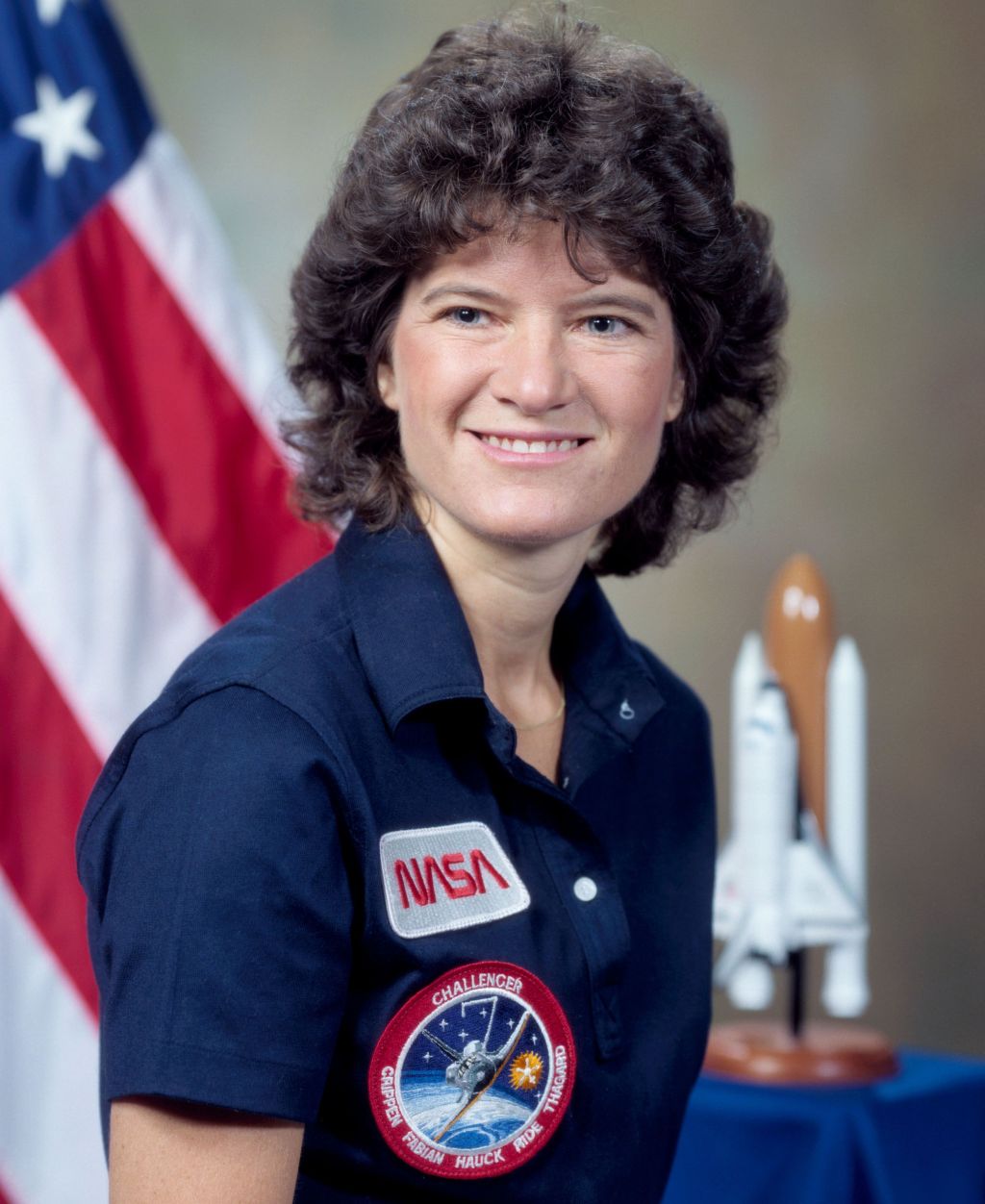Authors:
Historic Era: Era 10: Contemporary United States (1968 to the present)
Historic Theme:
Subject:
Winter 2020 | Volume 64, Issue 1


Authors:
Historic Era: Era 10: Contemporary United States (1968 to the present)
Historic Theme:
Subject:
Winter 2020 | Volume 64, Issue 1

Before becoming the first American woman in Space, Sally Ride got a PhD in astrophysics from Stanford and subjected herself to five years of astronaut training at NASA. Navy test pilots took her on gut-dropping, 600-mile-per-hour flights 39,000 feet in the air. (Her flight instructor called her the best student he'd ever had.) Ride became an expert at· maneuvering a 900-pound robotic arm that would be used to pluck satellites from the sky. She became fluent in control panel switches and circuits, getting to know the 1,800 or so on the orbiter's control panel.
Ride endured long days of training with singular focus. In another life, Ride would have been a professional tennis player or a Nobel Prize winner — both were within the realm of possibility — but in this one she reached the top of a stack of 8079 other space program applicants. She was an ambitious scientist and as soon as her 1983 mission was announced, an instant sensation.
Ride landed on magazine covers and into talk-show opening monologues. After years of impossible hurdles thrown up by NASA to prevent women from flying (no, but seriously: the agency's push for women and people of color was summarized as a "near total failure" in 1973 by the person in charge of it), Ride became living proof that gender wasn't the characteristic that would get one booted from the application pool.
She handled space training with ease. Making it through the gauntlet of inane press questions may have been more of a challenge. Would or wouldn't she wear a bra in zero gravity? Did she cry over her mistakes? Questions about how her gender would affect the flight were typically answered with some flatly delivered variation of the following: "one thing I probably share with everyone else in the astronaut office is composure." Or, as she reminded one reporter, "Weightlessness is a great equalizer."
Ride was unflappable. Her strategy the morning of her first launch in 1983 was to approach her preparations as if they were mechanical obligations, so as not to get too overwhelmed by the excitement. The astronaut had a knack for tamping down emotion — even if it meant taming the ultimate thrill. When reporters asked, Why did you want to go into space? What was it like looking back at Earth? Ride's answers were sometimes flat. I didn't dream about going to space, I'm not sure why I applied, and I can't describe what it was like to look back on Earth. To say the view from space was not the same as seeing a picture of it was, at least in the beginning, as eloquent as she got.
Ride was better with the concrete, like learning a task